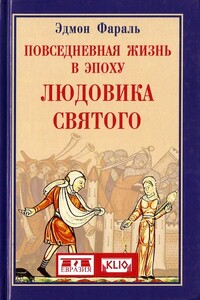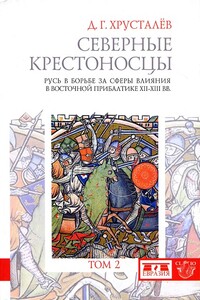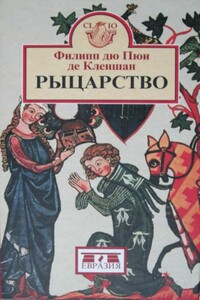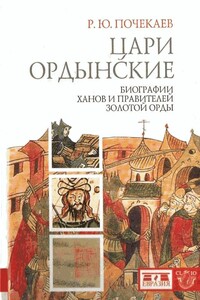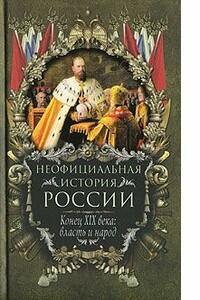Newby 1996 — Newby L. Xinjiang: In Search of an Identity // Unity anf Identity: Local Cultures and Identities in China / Ed. by T. T. Liu and D. Faure. Hong Kong, 1996. P. 67–82.
Newby 1998 — Newby L. J. The Begs of Xinjiang: Between Two Worlds // Bulletin of the School of Oriental and African Studies, University of London. Vol. 61. No. 2. 1998. P. 278–297.
Newby 2005 — Newby L. J. The Empire and the Khanate: A Political History of Qing Relations with Khoqand c. 1760–1860. Leiden; Boston, 2005.
Noda 2011 — Noda J. Titles of Kazakh Sultans Bestowed by the Qing Empire: The Case of Sultan Ghubaydulla in 1824 // Memoirs of the Research Department of the Toyo Bunko. No. 68. 2011. P. 63–94.
D’Ohsson 1852 — d’Ohsson С. Histoire des Mongols, depuis Tchinguiz-Khan jusqu’a Timour-Bey ou Tamerlan. T. I–IV. Amsterdam, 1852.
Petech 1959 — Petech L. The Dalai-Lamas and Regents of Tibet: A Chronological Study // T’oung Pao. 2nd Ser. Vol. 47. Livr. 3/5. 1959. P. 368–394.
Petech 1966 — Petech L. Notes on Tibetan History of the 18u Century // T’oung Pao. 2nd ser. Vol. 52. Livr. 4/5. 1966. P. 261–292.
Rachewiltz 1993 — Rachewiltz /. de. Some Reflections on Chinggis Qan’s Jasagh // East Asian History. 1993. № 6. P. 91–104.
Radchenko 2012 — Radchenko S. Carving up the Steppes: Borders, Territory and Nationalism in Mongolia, 1943–1949 // Eurasia Border Review. Vol. 3. Special Issue "China’s Post-Revolutionary Borders, 1940s-1960s". Summer 2012. P. 11–31.
Schamiloglu 1986 — Schamiloglu U. Tribal Politics and Social Organization in the Golden Horde. Ph. D. Dissertation. Columbia University, 1986.
Sela 2004 — Seta R. Central Asia in the 18>th Century: The Age of Introspection. Ph. D. Diss. Indiana University, 2004.
Sela 2007 — Sela R. The "Heavenly Stone" (Kok Tash) of Samarqand: A Rebel’s Narrative Transformed // Journal of the Royal Asiatic Society. 3rd Ser. Vol. 17. No. 1. Jan. 2007. P. 21–32.
Serruys 1959 — Serruys H. Mongols Ennobled During The Early Ming // Harvard Journal of Asiatic Studies. Vol. 22. Dec., 1959. P. 209–260.
Smith 1970 — Smith J. Masson, Jr. The History of the Sarbadar Dynasty 1336–1381 A. D. and its Sources. Hague; Paris, 1970.
Soni — Soni S.K. Looking Back to History: Inner Mongolia under Qing Rule //
Р. 32–53.
Soni 2007 — Soni S. K. Mongolia and the Mongols: From Mongol Yuan dynasty to Manchu-Qing Overlordship // Монгол судлалын огуулууд- Essays on Mongol studies. Улаанбаатар, 2007. T. 148163.
Soucek 2003 — Soucek S. A History of Inner Asia. Cambridge, 2003.
Subtelny 2007 — Subtelny M.E. Timurids in Transition. Turko-Persian Politics and Acculturation in Medieval Iran. Leyden; Boston, 2007.
Thum 2012a — Thum R. Beyond resistance and nationalism: local history and the case of Afaq Khoja // Central Asian Survey. Vol. 31 Iss. 3. 2012. P. 293–310.
Thum 2012b — Thum R. Modular History: Identity Maintenance before Uyghur Nationalism // The Journal of Asian Studies. Vol. 71. Iss. 3. August 2012. P. 627–653.
Tian 2012 — Tiati H. Governing Imperial Borders: Insights from the Study of the Implementation of Law in Qing Xinjiang. Ph. D. Diss. Columbia University, 2012.
Weatherford 2010 — Weatherford J. The Secret History of the Mongol Queens: How the Daughters of Genghis Khan Rescued His Empire. New York, 2010.
Wing 2007 — Wing P. The Jalayrids and Dynastic state formation in the Mongol Ilkhanate. Vol. I–II. Ph. D. Diss. Chicago University, 2007.
Zarcone 1996 — Zarcone T. Soufis d’Asie centrale au Tibet aux XVIe et XVIIe siecles // Cahiers d’Asie centrale. № 1–2. 1996. P. 325344.

